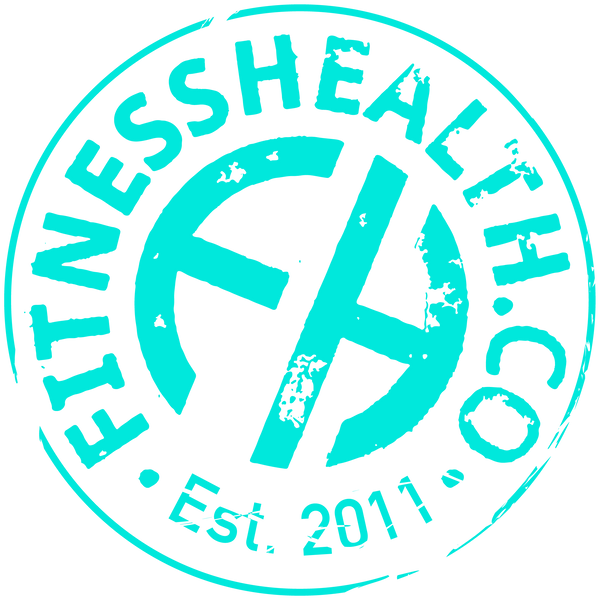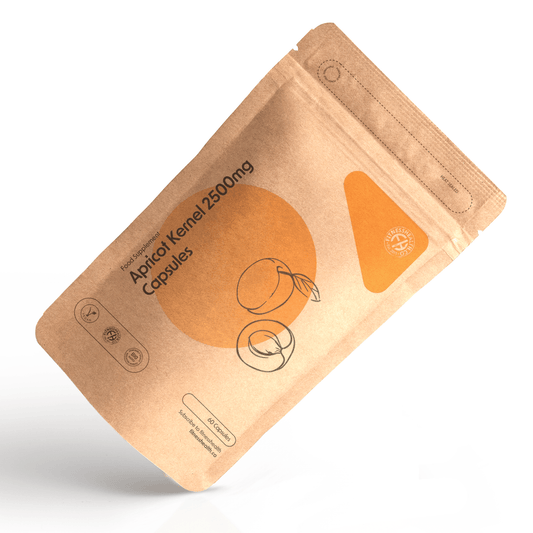In our swiftly moving world, prioritizing good nutrition has now become more crucial than ever. In order to preserve general health and wellbeing, understanding the fundamentals of nutrition is key.
From macronutrients like carbohydrates, proteins, and fats to micronutrients like vitamins and minerals, providing our bodies with the proper nutrients is vital for improving physical and mental performance, boosting the immune system, and reducing the risk of chronic diseases.
By creating a balanced plate, making informed food choices, and adapting nutrition to individual needs, we can fuel our bodies for optimal health and wellness, setting the foundation for a long and healthy life. Let's look into the vitals of nutrition and how they fuel our body for the best diet and optimal health.
Macronutrients: The Building Blocks of Energy
Carbohydrates: Fuel for the Body
An crucial macronutrient, carbohydrates serve as the primary energy source for our bodies. Complex carbohydrates, found in whole grains and vegetables, provide sustained energy through the day, while simple carbohydrates in sweets and refined grains offer quick bursts of energy. Balancing high and low glycemic index foods is crucial for stable energy levels and blood sugar management.

Proteins: Muscle Repair and Immune Function
Proteins play a vital role in immune system health, tissue repair, and muscle development. Complete proteins, found in animal sources like meat and dairy or combined in In plant-based options such as beans and pulse foods protein sources, provide crucial amino acids necessary for various body functions. Including a variety of proteins in our diets is key to supporting overall health and well-being.
An important method for against cardiovascular disease and achieving adequate nutrition is including complete, unprocessed foods in our meals. Whole foods have undergone little processing and are nonetheless nutrient-rich. They are abundant in fiber, antioxidants, vitamins, and minerals. The risk of chronic illnesses and diabetes can be decreased, and general health can be supported, by consuming fewer processed meals and fast foods, which frequently have high levels of added sugars, harmful fats, and salt.
Micronutrients: Vitamins and Minerals
Vitamins: Diverse Roles in the Body
Despite being required in small quantities most foods, vitamins play diverse roles in the body, ranging from boosting bone health (vitamin D) to supporting immune function (vitamin C). Including a variety of fruits, vegetables, whole grains, lean proteins, and dairy products in our diets can help us obtain the crucial vitamins necessary for overall health and well-being at age well.
Minerals: Maintaining Structural and Functional Integrity
Integrity in the body is maintained by minerals like calcium, iron, and potassium, which are crucial for strong bones provide energy, oxygen transportation, fat,, and heart health. For instance, individuals can find calcium in dairy products and leafy green vegetables, while iron, vital for energy production, is present in meat, poultry, and fortified cereals.
Key Takeaways:
-
Understanding Macronutrients: Macronutrients such as carbohydrates, proteins, and healthy fats are necessary for providing energy, supporting body functions, immune system health, and tissue repair.
-
Maximizing Micronutrient Intake: Vitamins, minerals, and other micronutrients play crucial roles in various body processes, from bone health to immune function, and can be obtained by including a variety of whole foods in the diet.
-
Making Informed Food Choices: Reading food labels, choosing nutrient-dense whole foods, and staying hydrated are important steps in ensuring optimal nutrition and overall health
Building a Balanced Plate for Everyday Meals
The MyPlate Model
Building a balanced plate using the MyPlate model can help ensure you are providing your body with the necessary nutrients for optimal health. The concept emphasizes filling half your plate with fruits and vegetables, known for their rich vitamin, mineral, and antioxidant content. The three other foods in half should consist of lean proteins, whole grains, and a serving of dairy or dairy substitutes. Examples include incorporating fiber-rich whole grains like quinoa and lean proteins such as poultry or tofu.
Proportions and Portion Sizes
Building a balanced plate also involves paying attention to proportions and portion sizes. Understanding how much to eat of each food group can prevent overeating and promote better digestion. The MyPlate model recommends portioning your plate accordingly to include a variety of essential nutrients in adequate amounts. By listening to hunger and fullness cues, you can ensure you're consuming food processing the right proportions for your body's needs.
The MyPlate model acts as a helpful visual guide to determine the ideal proportions of different food groups on your plate, promoting a healthy eating, and balanced diet.

Special Dietary Considerations
Adapting to Allergies and Intolerances
Not all bodies are the same, and special dietary considerations and supplements must be taken into account for those with allergies and intolerances. Any individual with celiac disease or gluten sensitivity needs to adhere to a gluten-free diet, while those with lactose intolerance should opt for dairy- and lactose-free alternatives. Finding suitable substitutes like almond milk brown rice and quinoa is crucial for individuals with dietary restrictions in order to meet their nutritional needs effectively.
Nutrition for Different Life Stages and Lifestyles
Lifestyles and life stages play a significant role in determining our nutritional requirements. Allergies and intolerances must be catered for by adjusting dietary choices, while different life stages may require a closer look at nutritional needs and potential supplementation. Balancing macronutrients and adjusting calorie intake is important for athletes, pregnant women, older adults, and individuals with weight loss or management goals. By seeking advice from healthcare professionals, including dietitians and nutritionists, individual dietary needs and health problems can be met effectively.

Conclusion
Taking this into account, prioritizing nutrition crucials is crucial for fueling our bodies for optimal health. By understanding the basics of nutrition, building a balanced plate, maximizing micronutrient intake, making informed food choices, and adapting nutrition to individual needs, we can improve our physical and mental performance, boost our immune system, and lower risk the risk of chronic diseases. Embracing and eating whole, unprocessed foods, staying hydrated, and seeking guidance from healthcare experts when needed, we can pave the way for a lifelong journey towards better health and well-being. Nutrition is not about strict rules but rather about sustainable choices that lay the groundwork for a healthy and vibrant life.
FAQ
Q: What are the nutrition necessarys for fueling your body for optimal health?
A: Nutrition necessarys for optimal human health may include macronutrients (carbohydrates, proteins, and fats), micronutrients (vitamins and minerals), and fiber. These nutrients support various body functions, promote immunity, and reduce the risk of chronic diseases.
Q: How can a balanced plate contribute to optimal health?
A: A balanced plate of food options consists of fruits, vegetables, lean proteins, whole grains, and healthy fats. This combination healthy foods provides necessary nutrients, antioxidants, and fiber, supporting overall health, muscle development, and proper digestion.
Q: What role do macronutrients play in maintaining optimal health?
A: Macronutrients such as carbohydrates, proteins, and fats are necessary for providing energy, supporting tissue repair, and aiding in hormone production. By choosing complex carbs, lean proteins, and healthy fats, we can maintain stable energy levels and promote overall mental health and well-being.








